Many of us know cannabis as a psychoactive plant that can either be smoked or cooked and then eaten, and can be used for both medical and recreational purposes.
However, a hundred years of western society’s classification of cannabis as a drug above all else may have collectively blinded us to some of the plant’s other uses: for example, its use as a superfood.
What’s a superfood?
In short, a superfood is any food that is low on calories and high in nutrition.
The British Dietetic Association (BDA) gives a narrower definition, stating that superfoods are unprocessed foods that are rich in vitamins, minerals, and nutrients.
Superfoods are often fruits, vegetables, or herbs.
According to the BDA’s definition, cannabis deserves a place on the list.
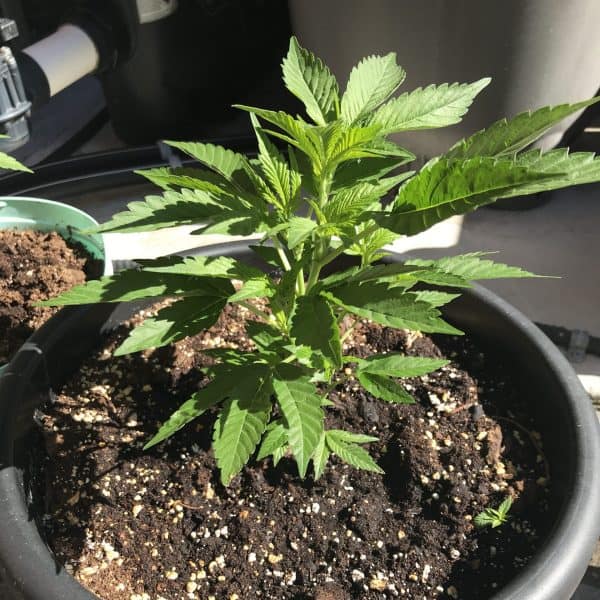
What makes cannabis so super?
All parts of the cannabis plant have some nutritional value, but the tough, fibrous stalks and stems don’t make for good eating.
As a result, most people just eat the leaves, and sometimes the buds – although if you are growing your own cannabis, you may prefer to dry your buds for smoking or turning into edibles.
The leaves of a cannabis plant contain a healthy balance of healthful Omega-3 and Omega-6 fatty acids, fiber, various flavonoids and terpenes, and other nutrients including magnesium, calcium, phosphorous, copper, manganese, iron, zinc, and vitamins C and K.
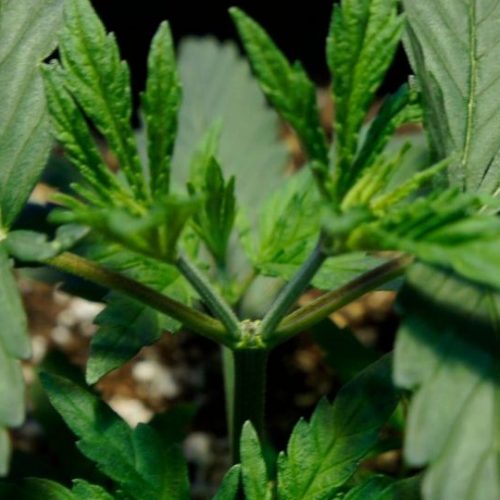
Cannabis seeds contain most of the same nutrients, and are also a complete source of protein.
This means that cannabis seeds supply all nine of the essential amino acids that the body can’t produce on its own.
Antioxidants can be found all throughout the cannabis plant.
These protect our bodies from stress, blood vessel disease, cancer, free radicals, and more.
What about hemp seeds?
Depending on where you live, cannabis seeds can be really expensive – and even if you’re growing your own cannabis, you might prefer to re-plant your new seeds rather than eat them.
Luckily, hemp seeds are much more affordable and have essentially the same nutritional value – after all, “hemp” is really just a variety of Cannabis sativa that doesn’t contain a significant amount of THC.
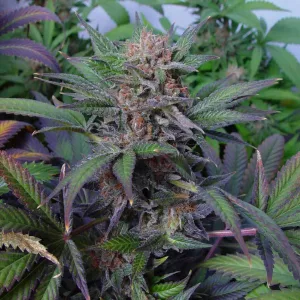
“Extra” CBD
While THC-A is found primarily in the trichomes, CBD is present all throughout the above-ground portion of the plant.
CBD has been shown to have strong antioxidant properties, and can also improve the function of the endocannabinoid system, alleviate stress and anxiety, relieve pain, and more.
If you just throw your leaves away after harvest, you’ll be wasting all the “extra” CBD that they contain.
Will I get high from eating cannabis leaves?
The short answer is no.
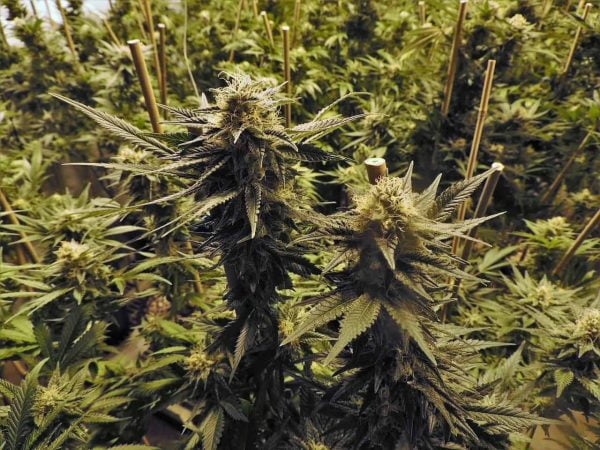
While trace amounts of THC-A may be found in the leaves, stems, and stalk of a cannabis plant, the amounts are miniscule.
Even if you cook the leaves, decarboxylating the THC-A and turning it into the psychoactive THC we’re all familiar with, there won’t be enough to get you high.
The Case for Raw Cannabis
Cooked cannabis leaves can be really tasty in pesto sauces or stir fries, but you may want to leave them raw uncooked if you’re primarily eating them for their nutritional value.
Heating raw plants – regardless of what specific plants they are – changes their chemical composition and damages the plant’s enzymes and nutrients.
So, if you intend to consume cannabis as a superfood, it’s best to consume the plant raw.
The Best Way to Eat Raw Cannabis
While some health food advocates claim that juicing cannabis (or other fruits or vegetables) allows vitamins and enzymes to enter the bloodstream more rapidly than simply eating the plants whole, this isn’t the case.
On the other hand, juicing plants does remove the plant’s fiber, which is also nutritionally valuable.
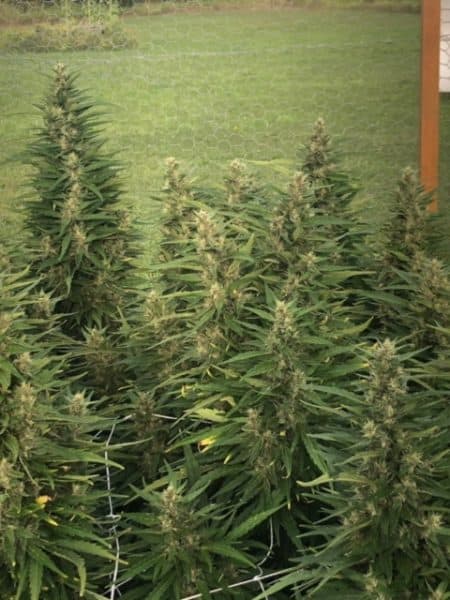
For this reason, we recommend blending your cannabis leaves rather than juicing them – maybe along with some berries and frozen bananas to make a tasty smoothie. You can also add the leaves to salads or salsas.
Cannabis leaves are somewhat bitter, but the sprouts are really tasty.
If you have a bag of hemp seeds (or if you accidentally pollinate one of your female cannabis plants and end up with extra seeds) you can germinate them and add the sprouts to salads or sandwiches.
We’ve heard a lot about the health benefits of THC and CBD in recent years, but the health benefits of the whole plant aren’t talked about as much.
In addition to all the cannabinoids the plant contains, it’s full of antioxidants, amino acids, vitamins, and other nutrients.
And, if you’re growing at home, you won’t have to sacrifice your buds to make smoothies – all these nutrients can be found in the leaves, so don’t let them go to waste when you trim or harvest. Happy growing!
If you want to learn even more about growing good cannabis, we offer a free 40+ page guide full of images.
Now available on Amazon.
Sign up for our newsletter and download the digital copy today!
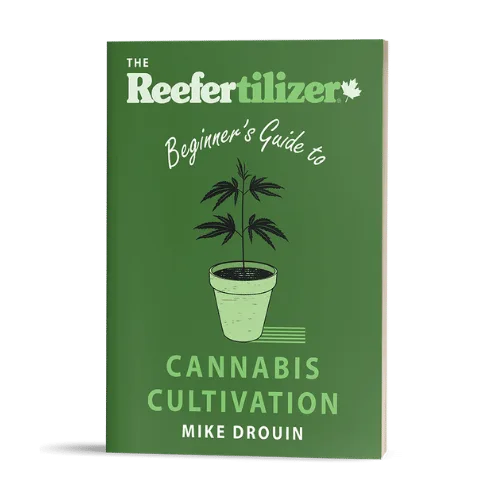
This guide will answer many questions about growing cannabis, like the following...
Selecting Seeds
Identify and Correct Problems
Maximize Yield
Much More...
Get a Chance to INSTANTLY WIN a Reefertilizer Nutrient Kit When You Sign Up.
Elijah Petty is a writer in the cannabis industry. He aims to use his platform to help educate people about cannabis and dispel some of the myths and misinformation that surround the plant.
